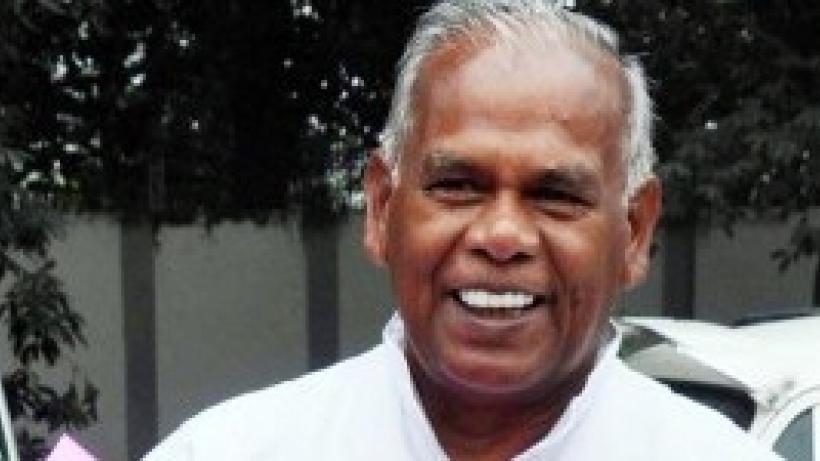
Public Lecture: The Bihar Story: Resurrection of the State, Inclusion and Growth (Jitan Ram Manjhi)
As part of Growth Week 2014, on Monday 22 September a public lecture was held entitled The Bihar Story: Resurrection of the State, Inclusion and Growth. It was delivered by Jitan Ram Manjhi (Chief Minister of Bihar). The session was chaired by Lord Karan Bilimoria. Professor Robin Burgess, Dr Shaibal Gupta and Dr Ruth Kattumuri acted as discussants.
The event was run with the India Observatory.
Session Summary:
The Chief Minister of Bihar, Shri Jitan Ram Manjhi, delivered a historic lecture on Bihar’s turnaround story. He said that the story of Bihar’s resurrection and the challenges in sustaining the resurgent growth can be better appreciated if one developed a good understanding of reasons for Bihar’s relative decline in India. He listed three major reasons for Bihar’s underdevelopment. First, the permanent settlement regime –a highly exploitative land tenurial system—which was imposed by the colonial government sowed the seeds of Bihar’s underdevelopment. Second, even after India’s independence the central government consistently pursued discriminatory policies against Bihar. The policy of freight equalization especially dampened Bihar’s comparative advantage and favoured coastal regions of India. Third, successive state governments in Bihar also lacked vision to push for Bihar’s development.
The Chief Minister argued that given the long history of discrimination against Bihar it was extremely difficult to put Bihar back on the high growth track. This turnaround would have been impossible without the visionary leadership of ex-Chief Minister Shri Nitish Kumar. Within a relatively short span of seven to eight years, his government has rebuilt public institutions: the rule of law has been firmly established, roads and bridges have been built, schools and hospitals have been made resurrected. These efforts have not only resulted in a significant improvement in the quality of lives of people in Bihar but have also made Bihar one of the fastest growing states in India: the average growth rate has been more than 10% over the last seven years!
He argued that Bihar’s turnaround is primarily based on strengthening of the institutions and innovative policy initiatives with tireless implementation: it’s the resurrection of the state that has led to improvements in all the major aspects of the economy and society.
He explained in detail how the government has made dramatic improvements in several key areas critical for growth: Law and Order, Governance, Human Capital, Physical Infrastructure, Agriculture, and Social Welfare.
He also listed some of the challenges that the government is facing in taking forward its growth and development: private sector investment and employment generation; improving quality of public services; need to more resources internally; mainstreaming the poor and underprivileged communities. He exhorted the research community to come up with ideas that would help Bihar in overcoming these challenges.
He ended his speech by saying that the story of Bihar is the story of the power of democracy, state building and governance. They have set a holistic vision for Governance – A vision of “Development with Justice” which is what people call the Bihar Model of Development.
His speech was followed comments by Dr Shaibal Gupta, Dr Ruth Kattamuri, and Professor Robin Burgess. The session was chaired by Lord Karan Bilimoria who made several insightful concluding remarks.
By Chinmaya Kumar, Country Economist, IGC India-Bihar

